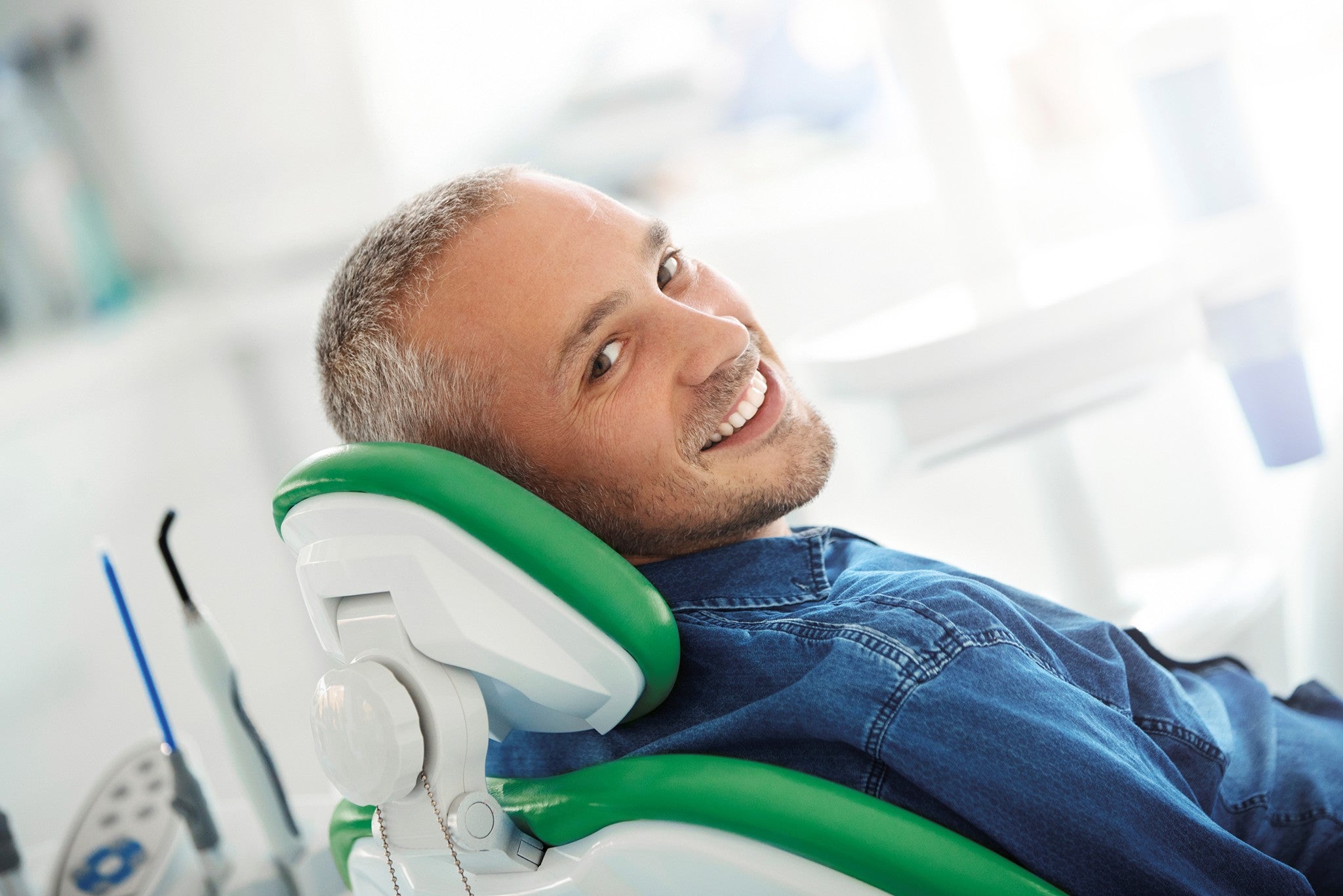
Chlorhexidine: Side Effects, Therapy Benefits and Interactions
Chlorhexidine (CHX) is an antiseptic mouth rinse that is considered the gold standard antimicrobial treatment in the chemical prevention of plaque formation and gingivitis [1]. It not only inhibits the multiplication of plaque bacteria and yeasts, but also kills them.

Chlorhexidine (CHX) is commonly used for the treatment of all plaque-induced inflammatory diseases. By effectively reducing the bacterial count, chlorhexidine reduces the inflammatory metabolites of the bacteria and helps to heal the gingiva.
Gold standard for maintenance therapy post intervention
Chlorhexidine is indicated post-periodontal therapy to prevent early microbial re-colonization. Following scaling and root planning (SRP), CHX is a particularly useful adjunct for difficult to access deep pockets [2]. The goal is to kill the pathogenic bacteria deep in the periodontal pocket to allow for periodontal reattachment to the freshly scaled root surface.
Accordingly, a recent systematic review reported as improved Pocket Depth (PD) reduction with SRP + CHX versus SRP alone [3].
Chlorhexidine Side effects
As typical side effect of chlorhexidine (CHX) is a brown discolouration of the tongue and a discolouration of teeth and tooth-coloured restorations [4] [5].
CHX adheres to organic agents when applied topically [6]. In fact, its effectiveness in plaque inhibition is linked to its affinity for hydroxyapetite and acidic salivary protein, which means that it is well-retained in the oral cavity [7]. CHX works because it binds to negatively charged sites on the bacterial surface wall through electrostatic forces. Accordingly, in addition to binding to bacteria, chlorhexidine can also bind to pigments from red wine, tea, coffee, tobacco and other foods and stimulants, thus causing discolouration.
In fact, the appearance of discolouration is a sign of the effectiveness of the drug. The discolouration arises because this is a sign of high affinity ("if it stains, it works").
Significantly, we know stains do not negatively affect gingival or periodontal health. Moreover, it has been shown that possible discolorations can be completely removed with professional tooth cleaning and thus are of lesser significance. The more important factor is the benefit in the fight against periodontitis.
Some patients also report minor alteration of taste following chlorhexidine use, making this a further reported side effect of this ingredient. These are a consequence of CHX binding to taste receptors on the tongue. The receptors for "salty" and "bitter" can be blocked by chlorhexidine. but this generally resolves over a short period of time.
Low-concentration chlorhexidine-containing preparations (0,06% CHX) cause significantly less discoloration and taste impairment, but are limited in their efficacy compared to higher concentrated products (0,12-0,2% CHX).
Possible Interactions
A subject of some debate is a possible interaction between the CHX, a cationic (positively charged) molecule with anionic (negatively charged) substances in toothpastes (common anion molecules in toothpaste are sodium lauryl sulfate - SLS - and sodium monofluorophosphate). Because the data is not conclusive, one overview study recommends waiting at least two hours between brushing and rinsing with a chlorhexidine solution, or to use toothpaste without anionic surfactants [8].
Summary: Chlorhexidine in perspective
Chlorhexidine is considered to be the most effective antibacterial agent in dentistry because of its superior affinity to microbial cell walls allowing the CHX molecule to penetrate targeted bacteria [9] and stay there long enough for a sustained action up to 12 hours post rinsing.
Mouthwash products with a concentration of 0,12 to 0,2% are the gold standard in the "chemical" control of plaque, with the two concentrations equivalent in terms of their mode of action, as has been studied and confirmed in numerous studies.
To mitigate chlorhexidine side effects, mouthwashes with Chlorhexidine concentration up to 0.12% and mucosa exposure not exceeding 30-60 sec twice a day seem the best procedure to control supragingival plaque and protect taste in clinical practice [10]. Staining can be managed with good home care and regular hygiene visits, and does not negatively affect gingival or periodontal health, so that staining should not be a reason to avoid chlorhexidine [12] particularly given its gold standard status as the local antibacterial treatment of choice in periodontitis.

